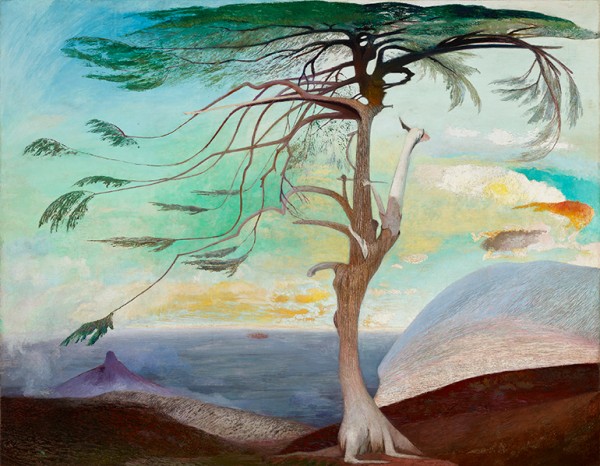Tivadar Csontváry Kosztka (1853–1919) was born in the same year as Vincent van Gogh (and was also designated a lunatic). He prepared himself for his calling with great precision. By running a pharmacy, he first made sure that he had enough money to spend on his journeys in and around Europe to find his 'great motif' (as he phrased it in his own writings). He began to paint when he was about 40 years old. He studied in Germany and Paris and developed his own style based on his religious-philosophical system with traits of symbolism as well as mystic surrealistic expressionism. He characterized his style with the word ‘napút’ (sunroad), which can be understood as a synonym for en plein air, meaning that the light and air are depicted in a distinctive manner. The colours seem to 'live', to shine from the inside. His studies in chemistry certainly helped him, as he mixed his own paint resulting in an extraordinary colour scheme. About his motivation Csontváry talked among others to Leo Békessy in 1910: "The artist always helps the soul to perceive a higher, godly quality in matter, like goodness, beauty, truth, harmony. By investigating these directly, the artist ennobles his own heart." He prepared his own exhibitions with great care, yet the great breakthrough did not happen in his lifetime. His oeuvre was internationally discovered in the 1950s and 1960s.
%20(1).png)
%20(1).png)






